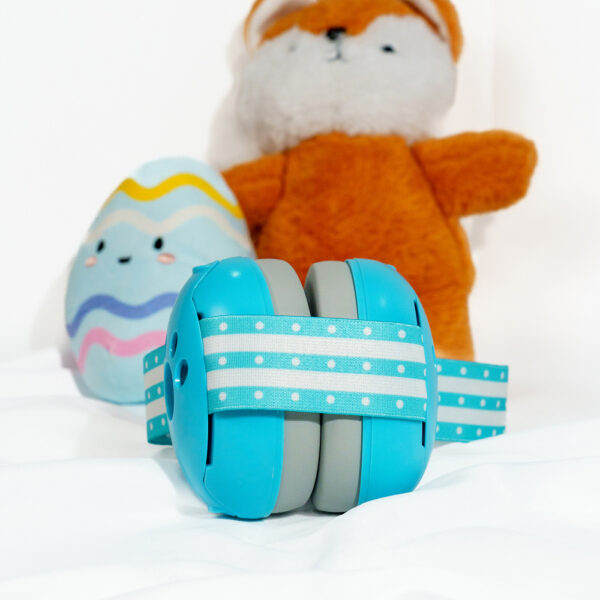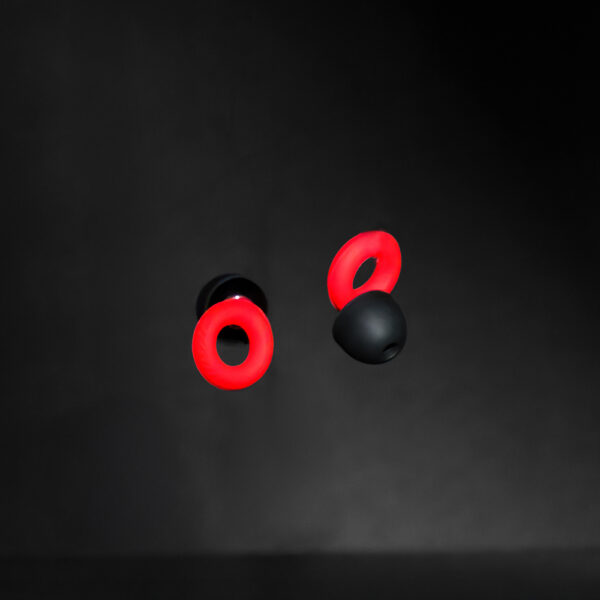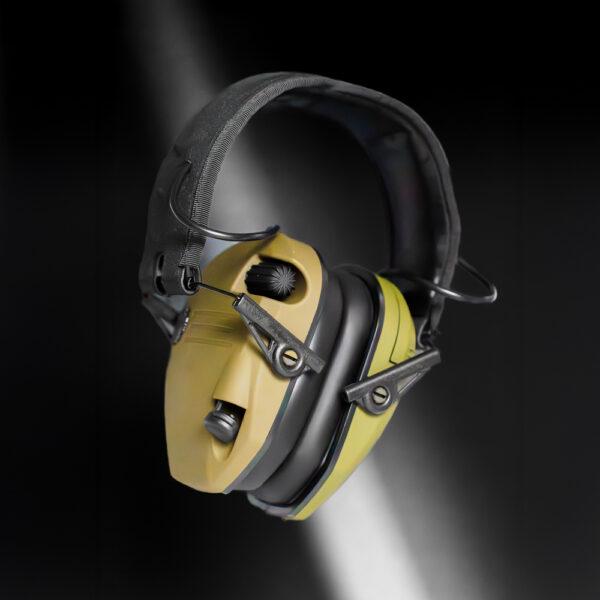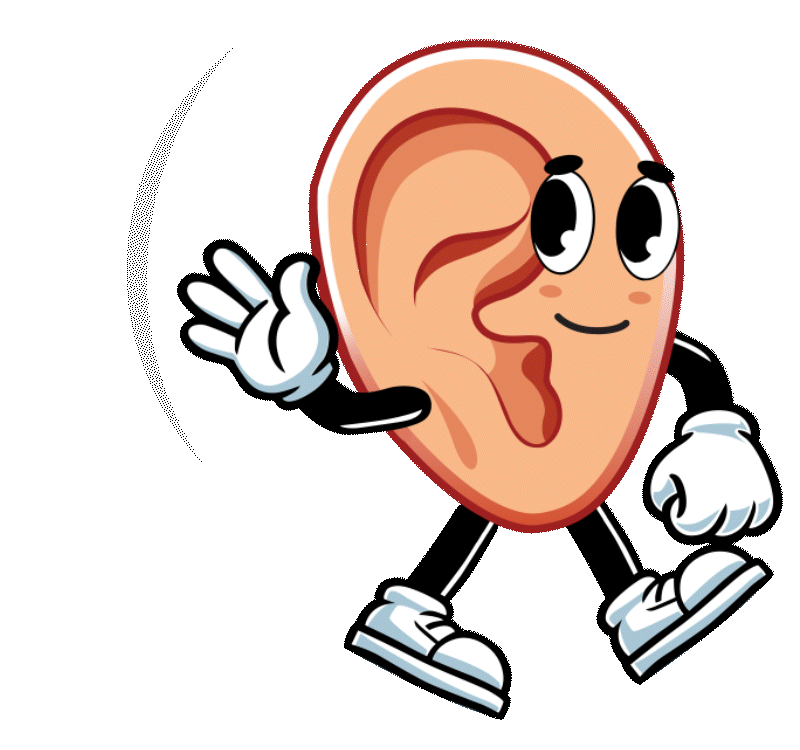Description
Features
-
RELIEVES EAR PRESSURE – AERO FILTER tech helps regulate in-flight pressure changes to minimise ear pain and popping
-
IN-FLIGHT NOISE RELIEF – Reduces engine and cabin noise without muting important sounds
-
High-fidelity acoustic filters preserve clarity while reducing harsh volume
-
Soft silicone ear tips for a snug, comfortable fit
-
Includes premium black aluminium carry case with carabiner clip
-
Reusable and washable – eco-friendly alternative to foam plugs
-
Ideal for air travel, sleeping, commuting, studying, and more









 Helping you hear better every day. Our team is here to support your journey with comfort, care, and confidence.
Helping you hear better every day. Our team is here to support your journey with comfort, care, and confidence.